Growth of the Commercial Sector
The growth of the commercial sector is a significant driver for the HVAC Centrifugal Compressor Market. As businesses expand and new commercial establishments emerge, the demand for efficient HVAC systems becomes increasingly critical. This trend is particularly pronounced in sectors such as retail, hospitality, and healthcare, where maintaining optimal indoor climates is essential for customer satisfaction and operational efficiency. Market analysis indicates that the commercial HVAC segment is expected to grow at a compound annual growth rate of 6% over the next five years. This growth trajectory presents substantial opportunities for manufacturers within the HVAC Centrifugal Compressor Market, as they strive to meet the evolving needs of commercial clients.
Rising Demand for Energy-Efficient Solutions
The HVAC Centrifugal Compressor Market is experiencing a notable surge in demand for energy-efficient solutions. As energy costs continue to rise, consumers and businesses alike are increasingly seeking systems that minimize energy consumption while maximizing performance. This trend is further supported by regulatory frameworks that incentivize the adoption of energy-efficient technologies. According to recent data, energy-efficient HVAC systems can reduce energy consumption by up to 30%, which is a compelling factor for both residential and commercial sectors. Consequently, manufacturers are focusing on developing advanced centrifugal compressors that meet these energy efficiency standards, thereby driving growth in the HVAC Centrifugal Compressor Market.
Technological Advancements in Compressor Design
Technological advancements play a pivotal role in shaping the HVAC Centrifugal Compressor Market. Innovations in compressor design, such as the integration of variable speed drives and advanced materials, enhance the efficiency and reliability of these systems. For instance, the introduction of high-efficiency impellers and optimized aerodynamic designs has led to significant improvements in performance metrics. Market data indicates that the adoption of these advanced technologies can lead to efficiency gains of 15% or more compared to traditional designs. As manufacturers continue to invest in research and development, the HVAC Centrifugal Compressor Market is poised for substantial growth driven by these technological enhancements.
Regulatory Support for Environmental Sustainability
Regulatory support for environmental sustainability is increasingly influencing the HVAC Centrifugal Compressor Market. Governments worldwide are implementing stringent regulations aimed at reducing greenhouse gas emissions and promoting sustainable practices. These regulations often mandate the use of energy-efficient HVAC systems, which in turn drives the demand for advanced centrifugal compressors. For example, initiatives such as the Energy Star program encourage the adoption of high-efficiency products, creating a favorable market environment. As a result, manufacturers are compelled to innovate and align their products with these regulatory standards, thereby enhancing their competitiveness in the HVAC Centrifugal Compressor Market.
Increasing Urbanization and Infrastructure Development
The ongoing trend of urbanization and infrastructure development is a key driver for the HVAC Centrifugal Compressor Market. As urban areas expand, the demand for efficient heating, ventilation, and air conditioning systems rises correspondingly. This is particularly evident in emerging economies, where rapid urban growth necessitates the construction of new commercial and residential buildings. Data suggests that the construction sector is projected to grow at a rate of 5% annually, further fueling the need for advanced HVAC systems. Consequently, the HVAC Centrifugal Compressor Market is likely to benefit from this increased demand, as developers seek reliable and efficient solutions to meet the needs of urban populations.


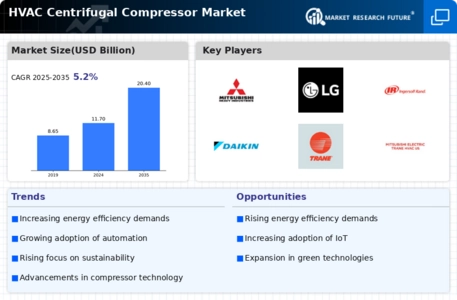
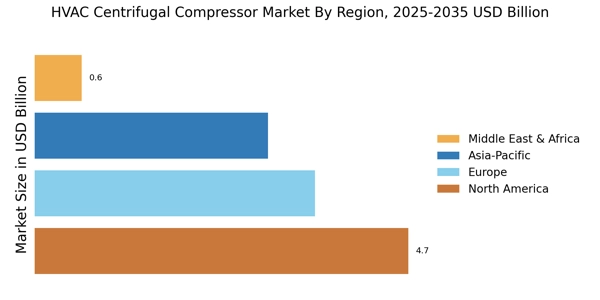
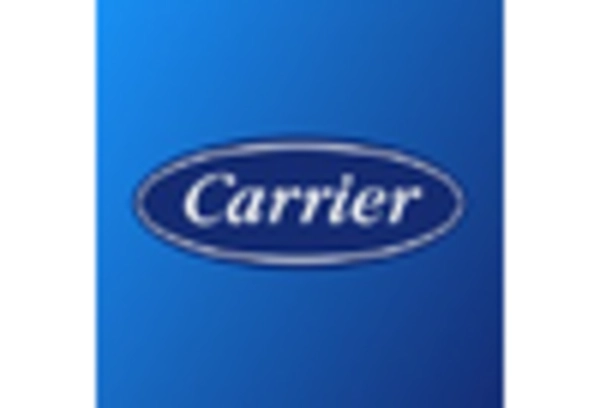
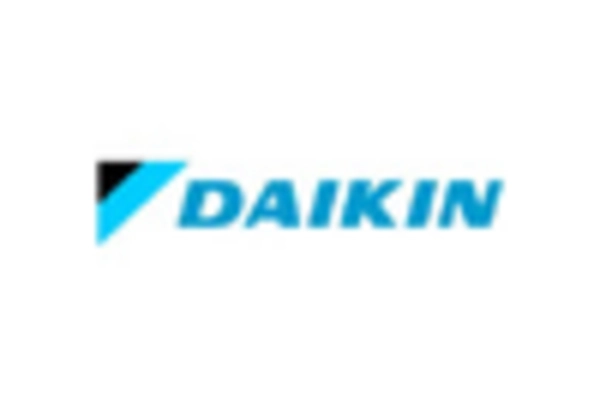
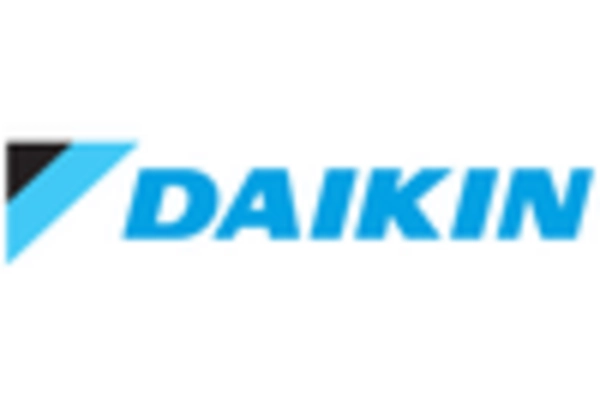



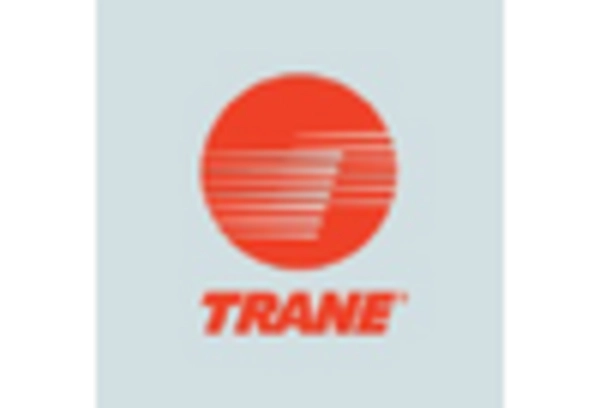

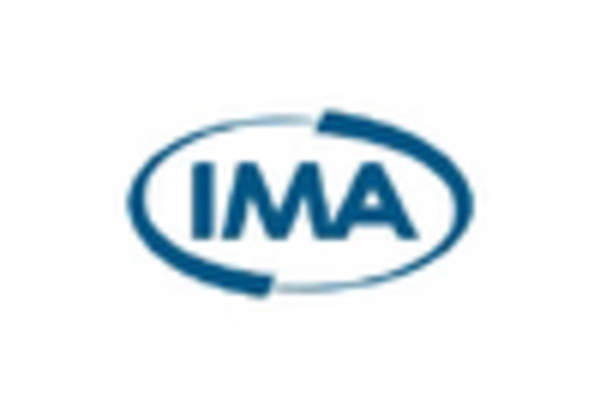








Leave a Comment